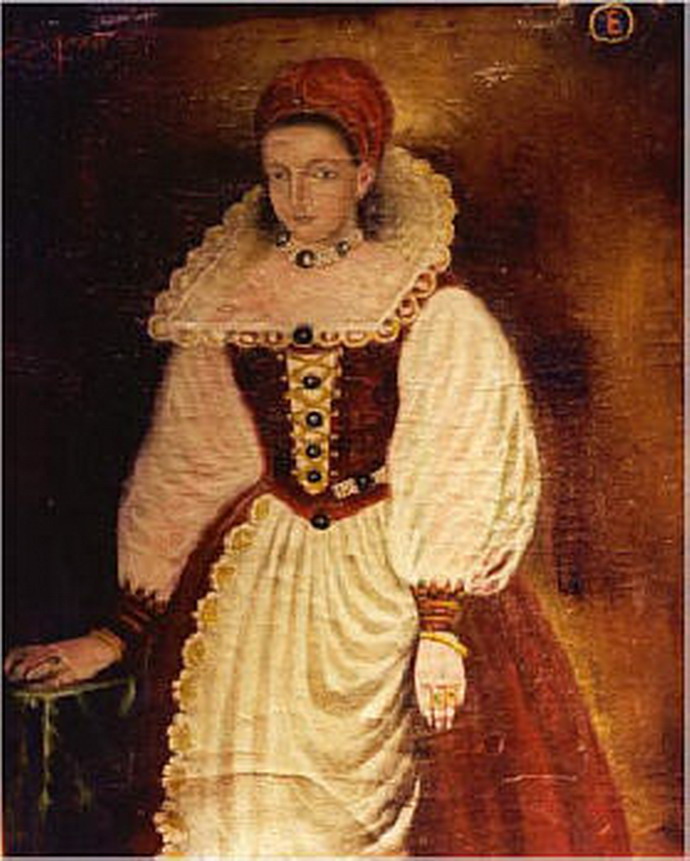I went on Thursday to see my first musical, except for the ones seen on screen, of course. I had good seats at the Hungarian Opera's Erzsebet Bathory and I have to admit I didn't think for a second about the time or how much longer will the show go on. So I did enjoy it. Some of the songs were Eurovision material, but that's just me and I don't pretend to know much about it. But the show was dynamic and the storytelling marvelous.
Elisabeth Bathory is credited with an unofficial number of over 650 victims in the chronicles of the time. Hundreds of villagers spoke against her at the trial and accused her of beatings, torture and murder. The show at the Hungarian Opera presents a different story, that of a countess accused of crimes she did not commit, who, during the interrogations, tells the story of her life. Somehow, the story is structured as a fairy tale, in which the princess is under arrest in a castle, locked down by the evil character. A savior appears and he slowly unravels her story and the truth. However, the ending is that of a tragedy, for several characters are killed or sentenced to death.
As others have mentioned, the story gives an alternate reason to Bathory's reputation of being a prolific serial killer. Palatine Thurzo, assigned by King Matthias II to investigate the alleged murders and tortures, was, in this story, a friend of Bathory's deceased husband and had lusted for her for years. The Hungarian king and nobility also had an interest in removing her, as she inherited a considerable fortune.
Throughout the show, the image of the countess remains dignified and I particularly liked her song after being sentenced to death, in which she says, in a nutshell, that she'd rather die than bow down to her accusers and that a Bathory has a moral responsibility to keep her head high. The countess was known not only for her beauty, but also for her brains. She was fluent in four languages in an era when some noblemen could hardly read and write and took care of all her husband's estates and business while he was away at war and after his death. A strong Protestant woman was definitely not something to have around in those times, and such practices of discrediting popular figures were not new to the Hungarian crown.
Some 150 years before, the other Matthias king, Corvinus, is credited by some historians as the creator of the legend of Dracula. While Vlad Tepes, supposedly the original vampire, was incarcerated by his cousin the king, rumors spread throughout the region, mostly through the stories of German merchants, that he liked to drink the blood of his victims. Even his name, Tepes, means the Impaler, because this was his favorite punishment method. However, it was a popular means of awe and terror in those times around Europe. As the use and consumption of blood was considered a thing of the devil in those times, it's easy to imagine how the rumors spread and became scarier and scarier.
Bathory fascinated legions of Black Metal songwriters as the most bloody woman there was. She fascinates me, on the other hand, as a very controversial historical character. The hypothesis of the conspiracy against her is at least notable, especially if we look at the years... the accusations against her started soon after her husband's death. She was known for her vanity and her bad temper, yet she seemed composed enough to manage several estates and intervened to help women among her subjects. Maybe we should not forget who wrote the history, how men in positions of power manipulated information in the Dark Ages and how, all in all, this particular story is on so many levels a story of the struggle for power.


No comments:
Post a Comment